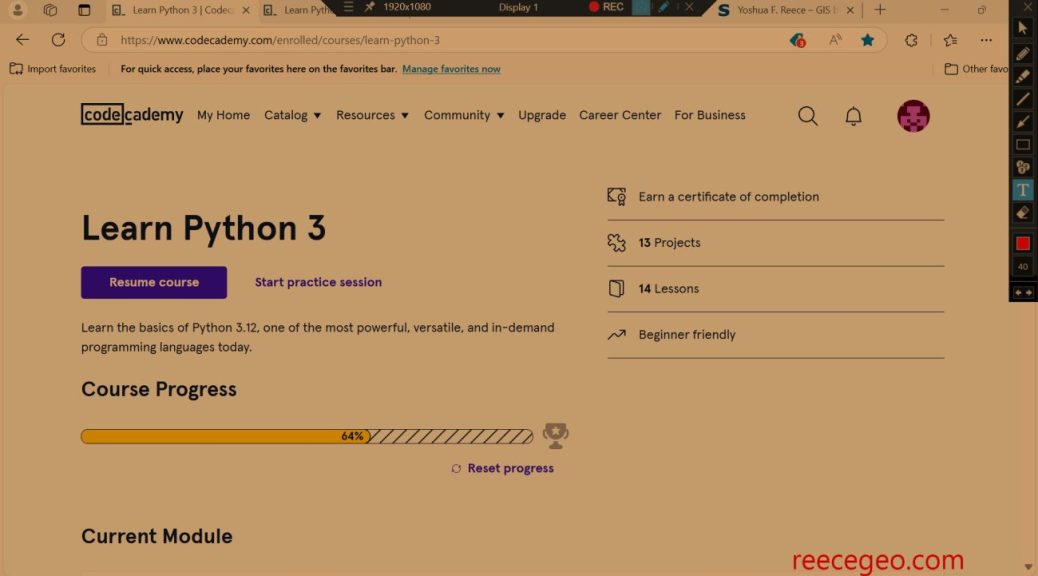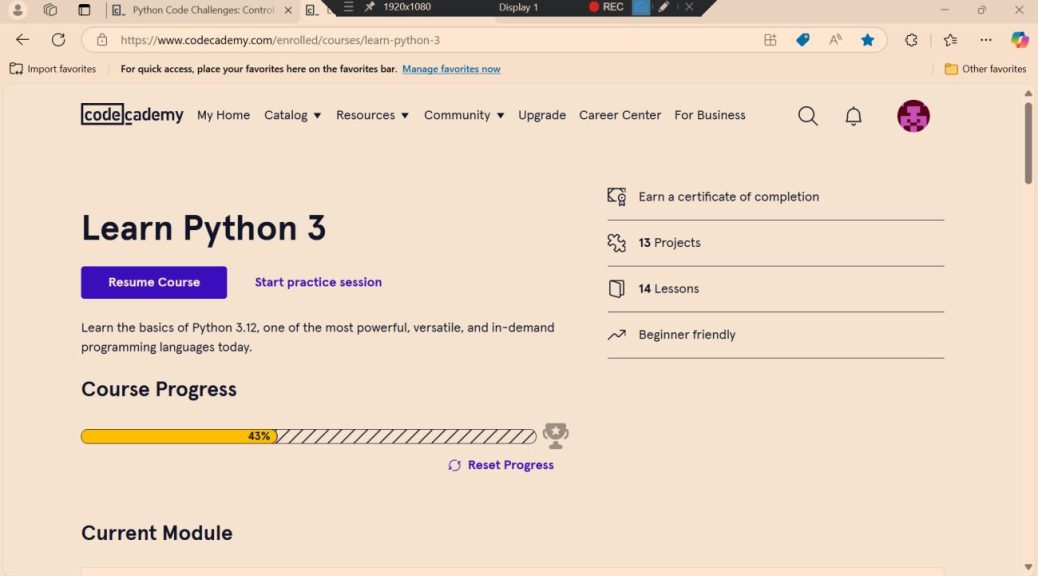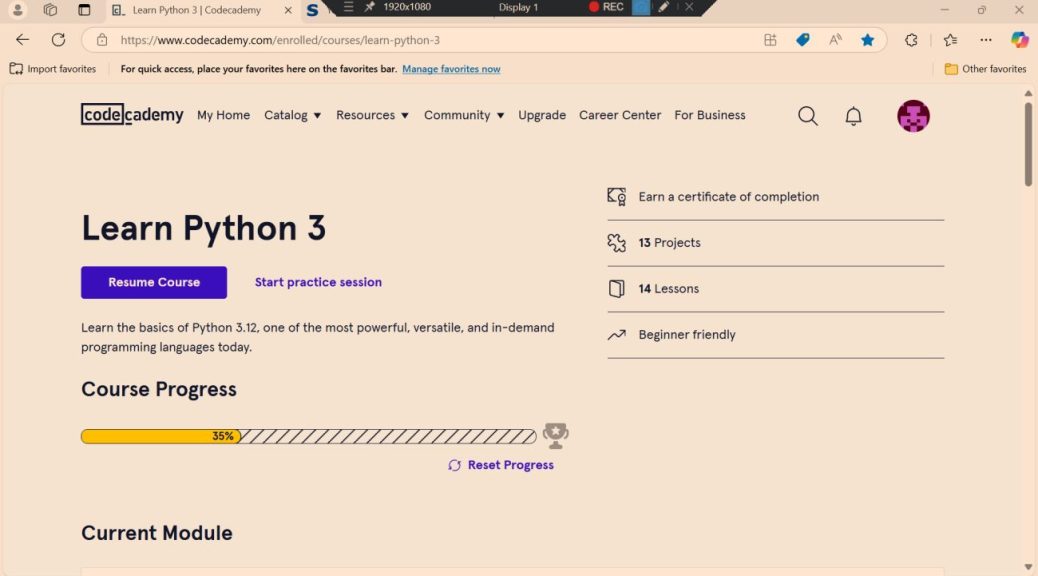Python Course: Files
In this project, I worked with files using Python. This was part of the learning module on files, which is for the Python course I am taking.
import csv
#Retrieve usernames from a csv file
compromised_users = []
with open('passwords.csv') as password_file:
password_csv = csv.DictReader(password_file, delimiter=',')
for row in password_csv:
password_row = row
compromised_users.append(password_row['Username'])
#write usernames to a new file
with open('compromised_users.txt', 'w') as compromised_user_file:
for user in compromised_users:
compromised_user_file.write(user + "\n")
import json
#create a JSON file to notify the boss
with open('boss_message.json', 'w') as boss_message:
boss_message_dict = {"recipient": "The Boss", "message": "Mission Success"}
json.dump(boss_message_dict, boss_message)
#remove the original passwords file and replace with rival hacker's signature.
with open("new_passwords.csv", 'w') as new_passwords_obj:
slash_null_sig = """ _ _ ___ __ ____
/ )( \ / __) / \(_ _)
) \/ ( ( (_ \( O ) )(
\____/ \___/ \__/ (__)
_ _ __ ___ __ _ ____ ____
/ )( \ / _\ / __)( / )( __)( \
) __ (/ \( (__ ) ( ) _) ) D (
\_)(_/\_/\_/ \___)(__\_)(____)(____/
____ __ __ ____ _ _
___ / ___)( ) / _\ / ___)/ )( \
(___) \___ \/ (_/\/ \\___ \) __ (
(____/\____/\_/\_/(____/\_)(_/
__ _ _ _ __ __
( ( \/ )( \( ) ( )
/ /) \/ (/ (_/\/ (_/\
\_)__)\____/\____/\____/
"""
new_passwords_obj.write(slash_null_sig)







